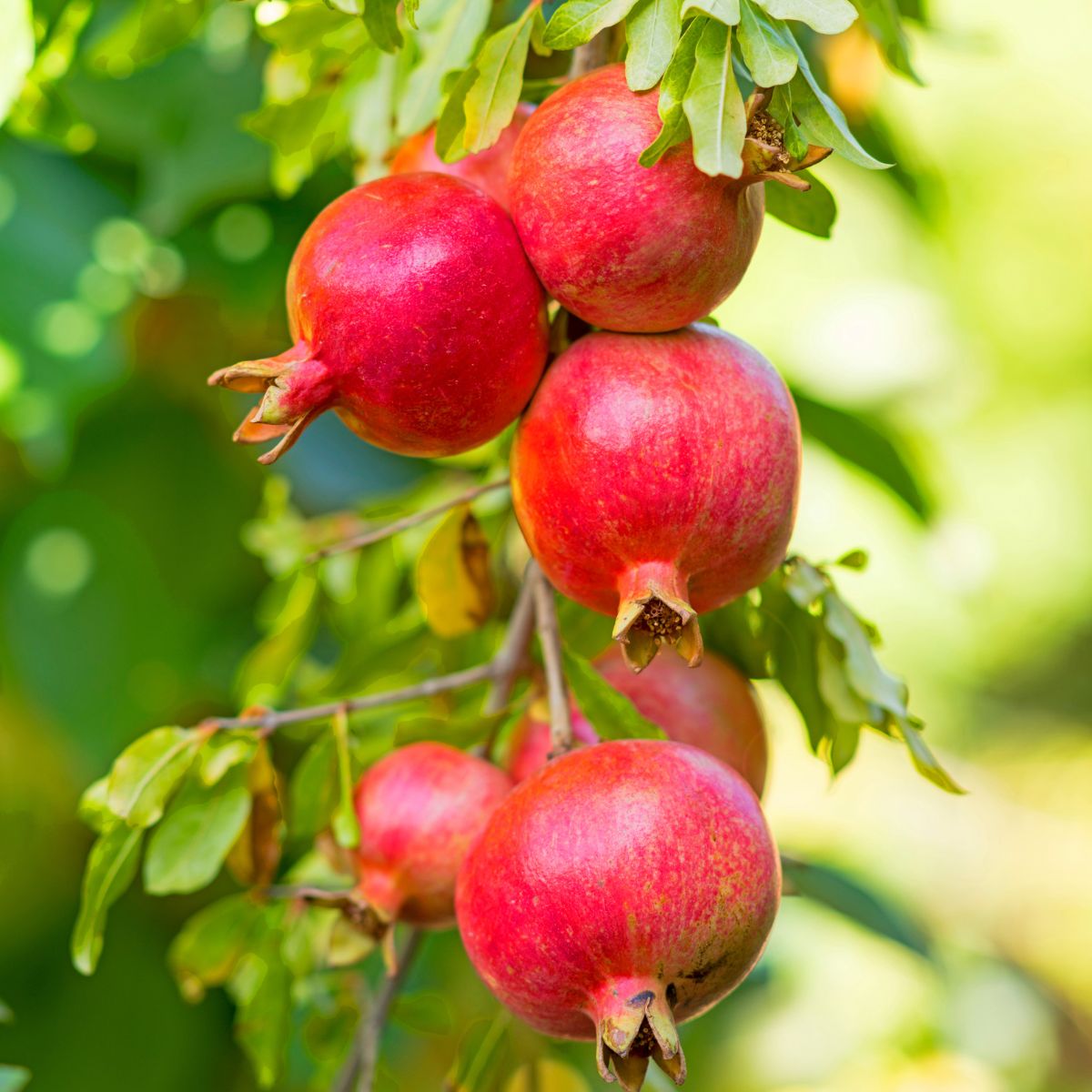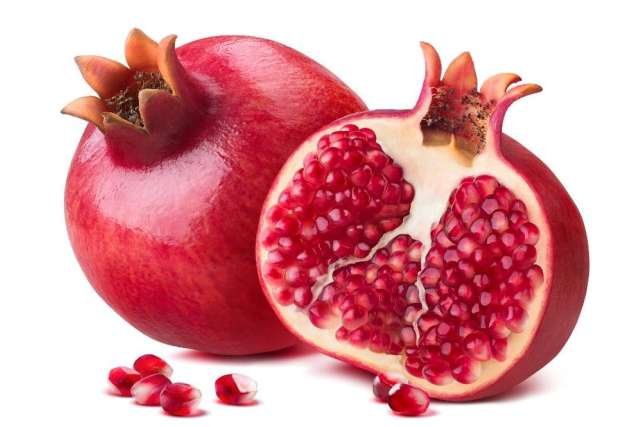What does pomegranate taste like? It’s a question I often ponder when I find myself in the produce aisle, examining the ruby-like seeds of this ancient fruit. Is it sweet, sour, or a complex blend? Pomegranates are indeed a fruit of curiosity, not just for their unique appearance but for their distinct flavor profile as well.
What Does Pomegranate Taste Like? The Answer
The taste of pomegranate is a vibrant interplay of sweet and tart flavors. When I bite into the juicy, crimson seeds, known as arils, I am greeted by an initial burst of sweetness that is quickly followed by a slightly astringent tartness. This combination is what gives the pomegranate its refreshing yet bold character. Even children, with their straight-to-the-point perspectives, would likely describe pomegranate as sweet candy followed by a tangy surprise.
Many people, including myself, wonder about the taste of pomegranates because they are not as common as apples or oranges. They offer an exotic appeal, appearing less frequently in our daily diets. The fruit’s ancient origins and association with health and vitality also add to the intrigue. When you see the pomegranate’s tough outer shell and the jeweled treasure within, it’s only natural to ask what sensory experience awaits.

Variations in Taste of Pomegranate
As I perused different types of pomegranates, I have learned that the taste can vary depending on where they are grown. The soil, climate, and farming practices of a region all influence the fruit’s sweetness and acidity levels. For example, pomegranates from dryer regions tend to be sweeter, while those from regions with more rainfall may have a sharper tartness.
Seasonal variations can also impact how pomegranates taste. Around their peak season, typically from September to February in the Northern Hemisphere, they are usually sweeter and juicier. Outside of these months, they might not be as vibrant in flavor. Interestingly, the maturing process and how ripe it is when picked are significant factors in the fruit’s taste profile too, so always seek out the most seasonally appropriate pomegranates for the best taste experience.
Nutritional Benefits of Pomegranate & Impact on Taste
Naturally, the nutritional benefits of pomegranates are a hot topic. They’re filled with antioxidants, vitamins, and minerals, contributing to heart health, immune system support, and even anti-aging. I assert that their health properties are not just hearsay but well-documented in scientific literature.
Sometimes, knowing the health benefits can influence perceptions of taste. I find this to be particularly true when savoring pomegranates. Perhaps it’s a psychological effect, but knowing I’m consuming something nurturing makes each sweet-tangy bite seem even more delightful. The flavor profile is robust, intricate, and beneficial, a combination that makes me savor each aril even more.

Pomegranate in Culinary Uses
In the culinary world, I’ve seen pomegranates take center stage in numerous dishes. The seeds can be sprinkled over salads for a burst of color and flavor or reduced into a syrup called molasses that offers a tangy-sweet dressing or marinade. The juice is also extracted for a refreshing beverage or cocktail ingredient. These uses are just a few among many, showcasing the versatility of this unique fruit.
The delicate balance of sweet and tart in pomegranate also complements other flavors. For example, in a salad, the sweetness offsets the bitterness of greens, while the tartness cuts through the richness of cheeses or nuts. Its versatility in pairing with various ingredients makes pomegranate a cherished addition to my kitchen repertoire.

Acquiring and Preparing Pomegranate
When I’m in search of pomegranates, I usually look for plump ones with a firm, unblemished outer skin. The heavier they are for their size, the juicier the arils within. You can find them in supermarkets, farmers’ markets, and health food stores, especially when in season. Be sure to examine the color – those with a deep, vibrant red typically signal ripeness and optimal taste.
When it comes to food pairings, I enjoy experimenting with pomegranate flavors. The fruit pairs exquisitely with lamb, duck, and even seafood, by enhancing these proteins with a touch of fruity zest. In desserts, it is delightful with chocolate or vanilla, bridging the gap between the richness of the confection and its own innate freshness.
:max_bytes(150000):strip_icc()/__opt__aboutcom__coeus__resources__content_migration__simply_recipes__uploads__2005__11__pomegranate-horiz-a-1800-aabd491ecf0c4c1981406b571220cbfb.jpg)
Final Words
To me, answering “What does pomegranate taste like?” is about embracing both the inherent sweetness and the surprise of tartness. This fruit is a testament to nature’s ability to create complex flavor profiles that delight and invigorate the palate. I find pomegranate’s taste to be an enchanting mystery, always unraveling new layers with each indulgent bite. Ultimately, the reality is that pomegranate is a sensory delight to be experienced firsthand. Bring your curiosity, and let the arils burst with answers.

